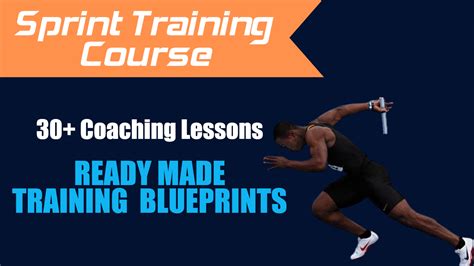How To Train For 400 Meters
Ronan Farrow
Mar 20, 2025 · 3 min read

Table of Contents
How to Train for the 400 Meters: A Comprehensive Guide
The 400 meters is a grueling race, demanding a unique blend of speed and endurance. It's often called the "quarter-mile," and mastering it requires a dedicated training plan. This guide will provide you with a structured approach to improving your 400m time, covering everything from speed work to recovery.
Understanding the 400m: Speed and Endurance
The 400m is a challenging event because it requires both speed and endurance. Unlike the shorter sprints, you can't simply rely on explosive power. You need to maintain a high speed for a sustained period. This demands a specific training regimen focused on:
- Speed Development: Improving your maximum speed is crucial for the initial burst and maintaining a fast pace.
- Lactate Threshold Training: This type of training helps you improve your body's ability to handle lactic acid build-up, crucial for sustained high-intensity effort.
- Endurance Training: Building aerobic base helps you manage the latter stages of the race when fatigue sets in.
Key Training Components for 400m Success
1. Speed Work
This is paramount for 400m training. Focus on exercises like:
- Short Sprints (60-100m): These sprints develop explosive power and acceleration. Aim for maximal effort.
- Fly 10s: These short bursts of speed, focusing on quick acceleration and top speed, are essential.
- Interval Training: This involves alternating high-intensity bursts with periods of rest or low-intensity jogging. Examples include 200m repeats with recovery jogs. Vary the distances and rest periods to target different aspects of speed and endurance.
2. Lactate Threshold Training
This type of training pushes your body to its limits, forcing it to adapt and improve its ability to handle lactic acid. Examples include:
- 400m Repeats: Run multiple 400m repetitions at a near-maximal effort, with sufficient recovery between reps.
- 800m Repeats: These longer repetitions build endurance and improve your lactate threshold. Focus on maintaining a consistent pace throughout.
3. Endurance Training
While speed is crucial, building a solid aerobic base is equally important for preventing burnout in the latter stages of the race. Include:
- Easy Runs: Longer, slower runs improve your cardiovascular fitness and overall endurance.
- Tempo Runs: Sustained runs at a comfortably hard pace help build your aerobic capacity.
4. Strength and Conditioning
Incorporate strength training exercises to build overall strength and power:
- Plyometrics: Exercises like box jumps and jump squats improve explosive power.
- Weight Training: Focus on compound exercises like squats, deadlifts, and lunges to build leg strength.
- Core Strengthening: A strong core is vital for stability and power transfer.
Sample Weekly Training Schedule (Beginner)
This is a sample schedule, adjust based on your current fitness level and experience. Always listen to your body and take rest days when needed.
- Monday: Rest or Active Recovery (light jog, stretching)
- Tuesday: Speed Work (6 x 100m sprints with 200m jog recovery)
- Wednesday: Strength Training (focus on legs and core)
- Thursday: Lactate Threshold (4 x 400m repeats with 400m jog recovery)
- Friday: Easy Run (30-45 minutes)
- Saturday: Long Run (45-60 minutes)
- Sunday: Rest or Active Recovery
Nutrition and Recovery
- Nutrition: Fuel your body with a balanced diet rich in carbohydrates, protein, and healthy fats.
- Hydration: Drink plenty of water throughout the day, especially before, during, and after training.
- Sleep: Aim for 7-9 hours of quality sleep each night to allow your body to recover and rebuild.
Progression and Monitoring
Gradually increase the intensity and volume of your training over time. Track your progress by monitoring your times in workouts and races. Adjust your training plan based on your performance and any feedback from your coach or training partner. Remember consistency and proper rest are crucial for improvement.
This guide provides a framework for your 400m training. Remember to consult with a coach or healthcare professional before starting any new training program. Good luck and happy training!
Featured Posts
Also read the following articles
| Article Title | Date |
|---|---|
| How A Fireplace Is Built | Mar 20, 2025 |
| How To Test Ignition Condenser | Mar 20, 2025 |
| How To Tell If Catfish Is Bad | Mar 20, 2025 |
| How Do You Join The Episcopal Church | Mar 20, 2025 |
| How Democratic Was Andrew Jackson Dbq | Mar 20, 2025 |
Latest Posts
Thank you for visiting our website which covers about How To Train For 400 Meters . We hope the information provided has been useful to you. Feel free to contact us if you have any questions or need further assistance. See you next time and don't miss to bookmark.
